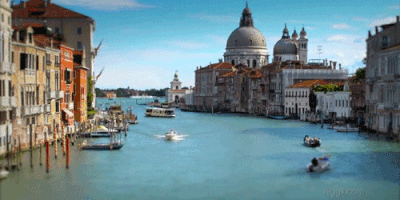Common description
The first human settlements originated here 6,000 years ago, during the 2000 years Xian witnessed the emergence, prosperity and fall of at least five imperial dynasties. The best artists, artisans, poets and writers, philosophers and teachers, as well as all material goods and riches conceivable at the time, were naturally drawn here. The city had a strictly geometric layout, traces of which remain to this day.
The streets intersected each other at right angles, dividing Xi'an into 108 blocks, where residents of the same state or occupation lived. The whole city was enclosed by an earthen embankment with 17 gates. Near the East and West gates were markets, and in the north stood the palace, separated from the residential quarters by a special wall.
In the VIII century. Xi'an was a cosmopolitan city. Coins from Arabia and Persia were found here, indicating that the Silk Road was a busy artery in those days.
The city became a hub for international commerce, and was home to a large number of merchants, travelers, craftsmen and missionaries from around the world - from the fire from Persia and Muslims to Christians. Not surprisingly, modern Xi'an and its environs are one solid museum territory.
In the twentieth century, the city began to transform: first in connection with the construction of the Zhengzhou-Xi'an railway in 1930, then in connection with the arrival of the communists who began the industrialization of the city.
Today, Xi'an's population is close to what it was in the 8th century: three million people. Contemporary city policy is to turn it into a powerful "downtown" commercial and industrial center, as opposed to the booming coastal giants.
For tourists, Xian will remain unique from all Chinese cities - the open-air museum city for a long time.
The streets intersected each other at right angles, dividing Xi'an into 108 blocks, where residents of the same state or occupation lived. The whole city was enclosed by an earthen embankment with 17 gates. Near the East and West gates were markets, and in the north stood the palace, separated from the residential quarters by a special wall.
In the VIII century. Xi'an was a cosmopolitan city. Coins from Arabia and Persia were found here, indicating that the Silk Road was a busy artery in those days.
The city became a hub for international commerce, and was home to a large number of merchants, travelers, craftsmen and missionaries from around the world - from the fire from Persia and Muslims to Christians. Not surprisingly, modern Xi'an and its environs are one solid museum territory.
In the twentieth century, the city began to transform: first in connection with the construction of the Zhengzhou-Xi'an railway in 1930, then in connection with the arrival of the communists who began the industrialization of the city.
Today, Xi'an's population is close to what it was in the 8th century: three million people. Contemporary city policy is to turn it into a powerful "downtown" commercial and industrial center, as opposed to the booming coastal giants.
For tourists, Xian will remain unique from all Chinese cities - the open-air museum city for a long time.
Xian on map
+ 14°C






